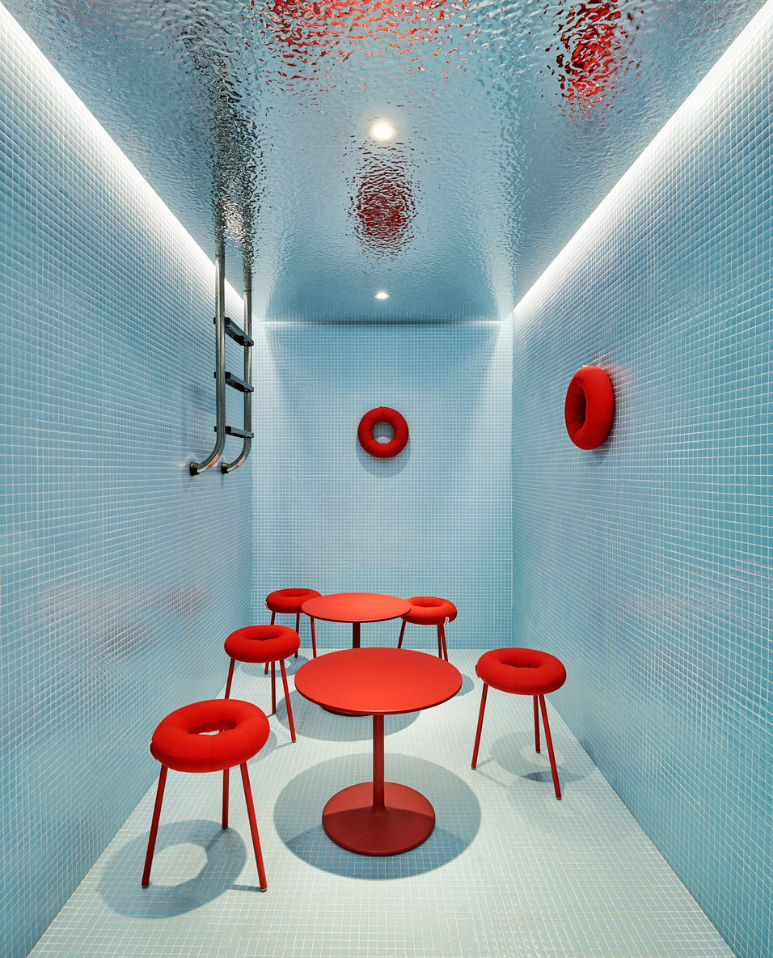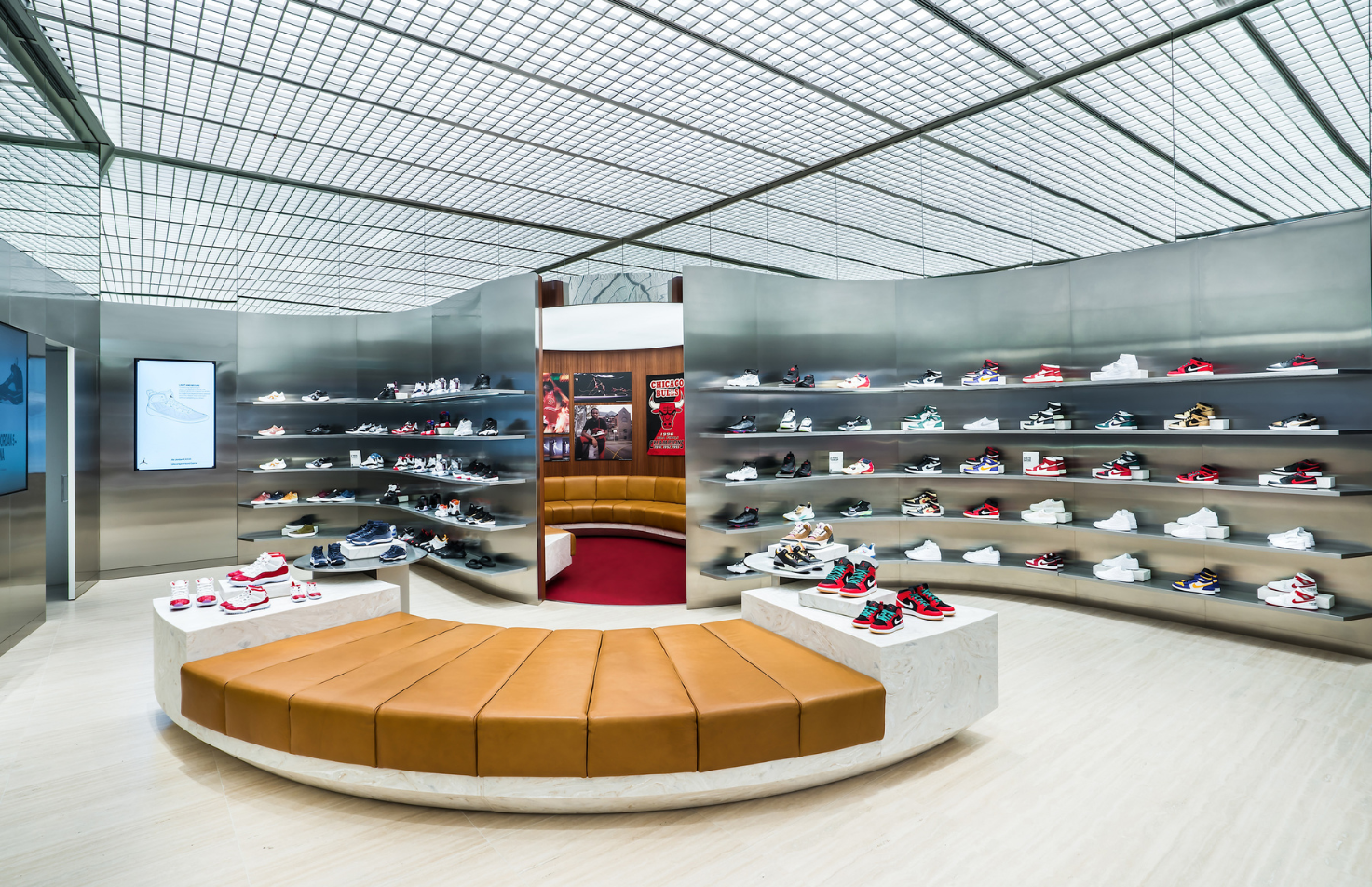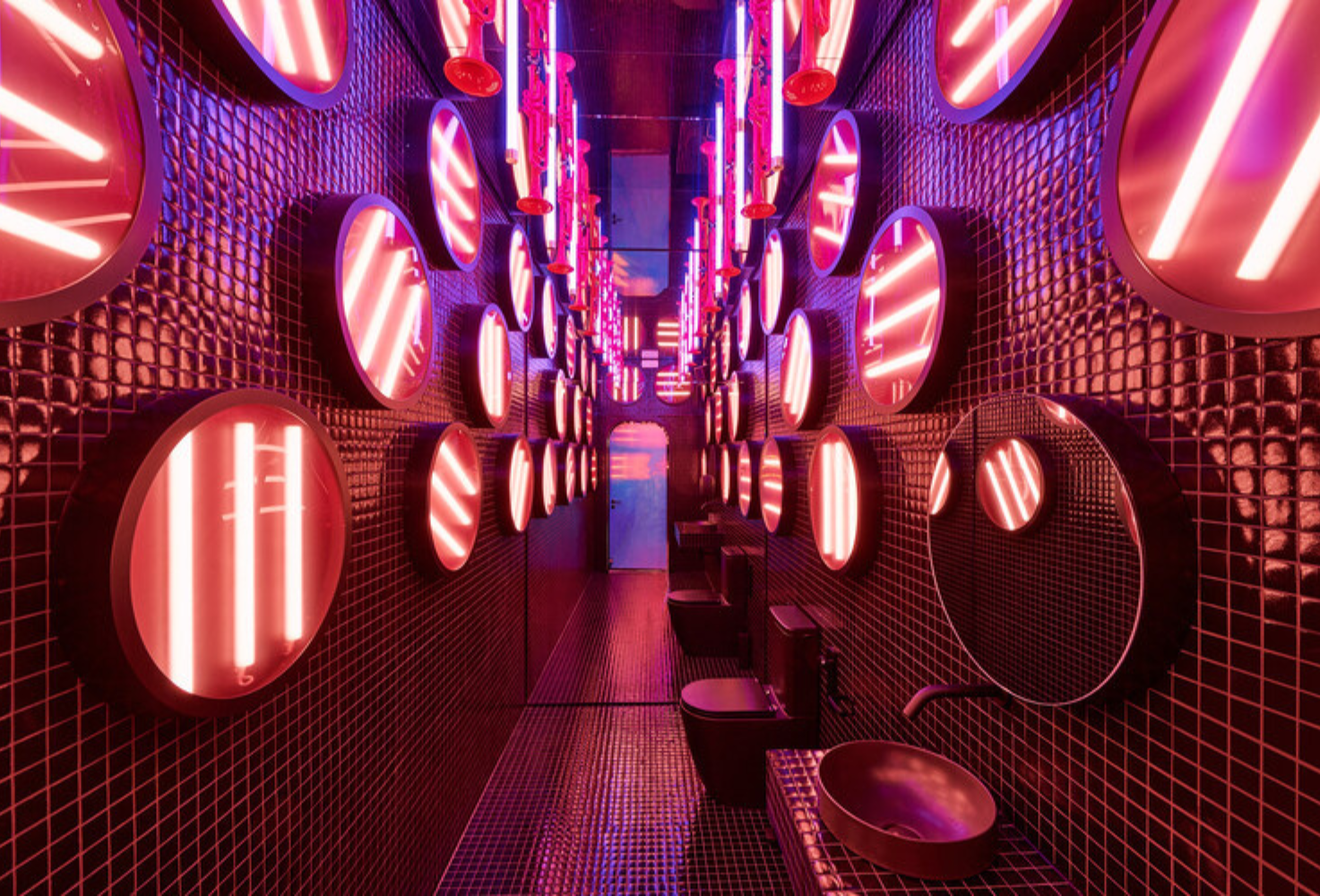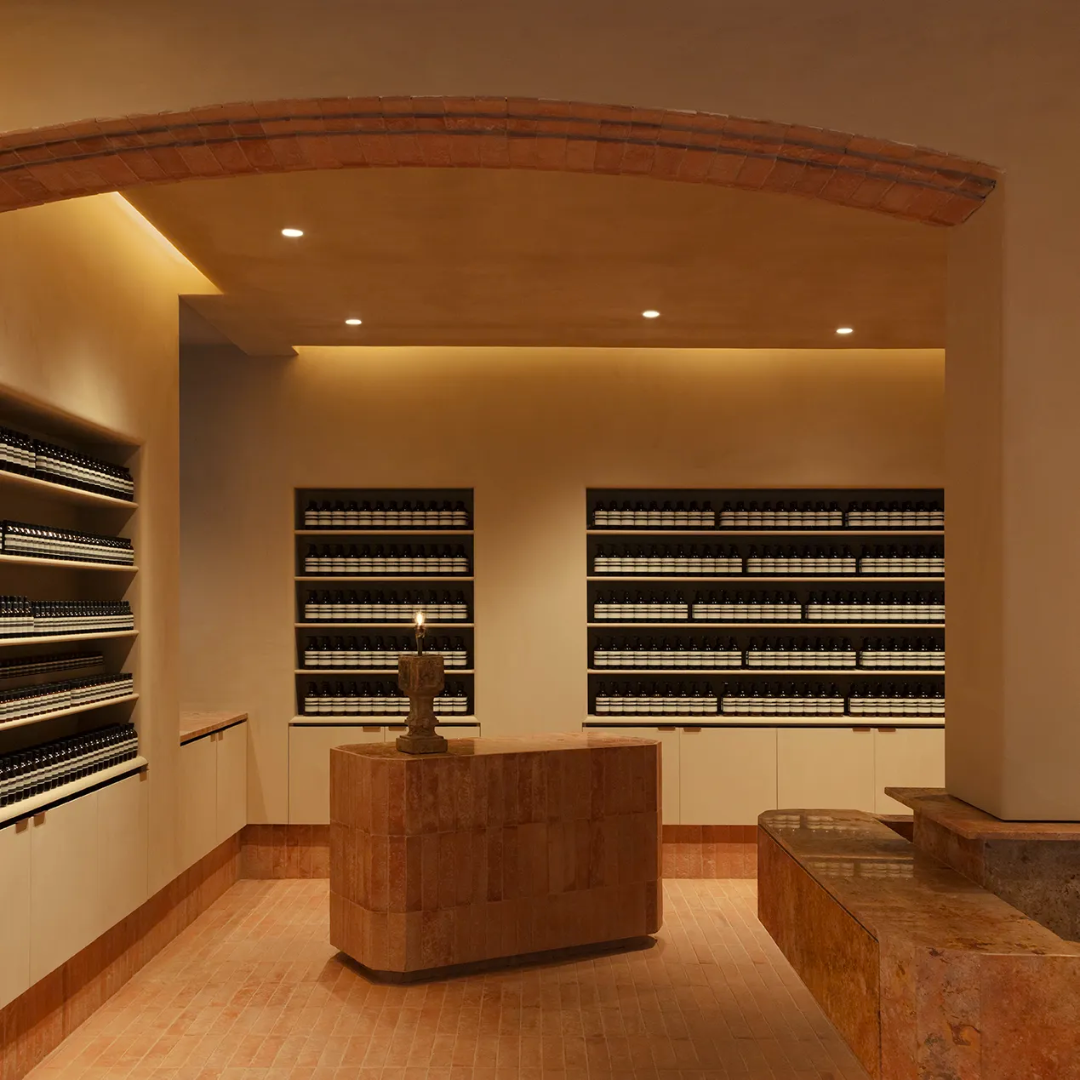Shops that act as a nerve centre that can help to create a community are becoming a priority when it comes to said stores establishing bonds with their customers. Against this backdrop, brands are merging spaces with different uses to enhance relations with customers, members of the surrounding environment and neighbours.
“When shifting from a transactional model,” says retail expert Doug Stephens, “we’re shifting from a point of sale perspective to another point of connection stance. This means we need to work with our teams to talk like a magazine, change like a gallery, promote loyalty like a club, share like an app, sow seeds like an incubator, and draw people in like a show.” To a certain extent, this physical presence of the brand in the city will see the role of the company as a guarantor of culture, even over business, be prioritised, transforming the role of the shop in commercial terms.

The rise in prices of basic products and the increase in the cost of living have caused people to make more conscious consumption decisions. Based on more informed, more ethical decision making when it comes to shopping, a need to cut down on unnecessary spending, and even the promotion of trends like de-influencing (in which many independent influencers inform their followers and encourage them not to buy products compulsively), people are looking to give their shopping experience deeper meaning with experiences that amount to more than a simple transaction.
As society moves from an individual mentality to a collective one, this community creation strategy will become the norm. “The community model consists of increasing interaction, learning, attention and concentration among the audience. Income is obtained from subscriptions, a high transaction, and the contact that is maintained. The highest amount of income that can be collected is divided across subscriptions, transactions and long-term sales,” says the futurist and author of ‘Future Ready Retail’ Ibrahim Ibrahim. In other words, it’s about trying and buying that allows the development of relationships based on improved collaboration between the audience and the brand, with said relationships becoming more intimate, personal and valuable.


The gamble on strengthening the commitment to customers in the retail sector is evolving towards loyalty models and community creation around the brand. It’s turning into a two-way relationship that allows companies to grow and to develop new products based on consumer needs and opinions. A study by Yotpo revealed that 37% of consumers need to have purchased something from a brand an average of five times in order to generate loyalty around it. That’s why rewards and loyalty models can act as a starting point when it comes to articulating shopper communities.
In this vein, shops are becoming meeting points where the space is turned over to communities, and not merely set aside for shopping. In the design industry, the shop is being transformed into a space that streamlines relationships between designers and interior designers, as well as with other brands that the brand shares values with or target audiences, which generates new collaboration channels, which in turn translates to hub spaces where different activities can be hosted to enable cooperation and the exchange of ideas.
Commercial spaces are being placed at the service of communities, devising places that can serve as meeting points, whether it’s for professional reasons or for community projects for the people who live in the neighbourhood.
Shops are integrating other businesses typically related to leisure, such as cafés and restaurants, enabling them to generate meeting points and experiences beyond those that are strictly commercial in nature.
Banking institutions, material showrooms for professionals, and investment funds are starting to plan their commercial premises as spaces open to being used by their customers and nearby communities.
In this context, some places are being turned into representations of the brand’s spirit and personality, fully setting aside the store’s sales mission and focusing on getting the brand’s message across.
